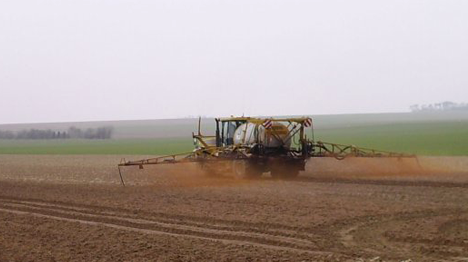Low calorifique liquids

From problematic substance to energy and fertilizer
Liquid industrial by-products often contain only a small amount of energy. They have a high water content and disposing of them is expensive. Examples include soy molasses from food production or vinasse ("spent wash") from bioethanol production. With a water content of about 50% in the already concentrated solution and only 40% organic components, molasses and vinasse are usually a significant environmental problem. They are disposed of as liquid manure on agricultural fields – with drastic consequences for groundwater and air.
In the chemical industry, ACN polymer solutions and waste water concentrate with a high content of phenolic resin also belong to the group of liquids with low heat values that cannot be utilized with conventional firing systems. For example, an ACN polymer solution from plastic production contains an additional 10% organically bound nitrogen, while the waste water with phenolic resin content consists about 90% of water.
In summary, heat values of these liquids, for example 7-10 MJ/kg for concentrated vinasse, are very low while the viscosity, 45 cSt at 100°C in some cases, is frequently problematic. Furthermore, a good deal of ash with a low melting point is produced during the combustion of vinasse and molasses, which makes a special boiler design necessary.
Despite these problems, the substances named above can be used thermally, thereby creating a win-win situation that has a positive effect on both the budget and the environment.
In the case of vinasse and molasses, this not only saves considerable quantities of primary energy, but also produces large amounts of valuable fertilizers with the ash, improving the ecological balance sheet in two ways.
The SAACKE SSB-LCL is based on the proven SSB swirl burner and has an adapted burner muffle that makes it possible to use problematic substances as well. This burner can be adapted to a wide range of liquids and operated with different additional fuels. It guarantees maximum availability with the lowest emission values.